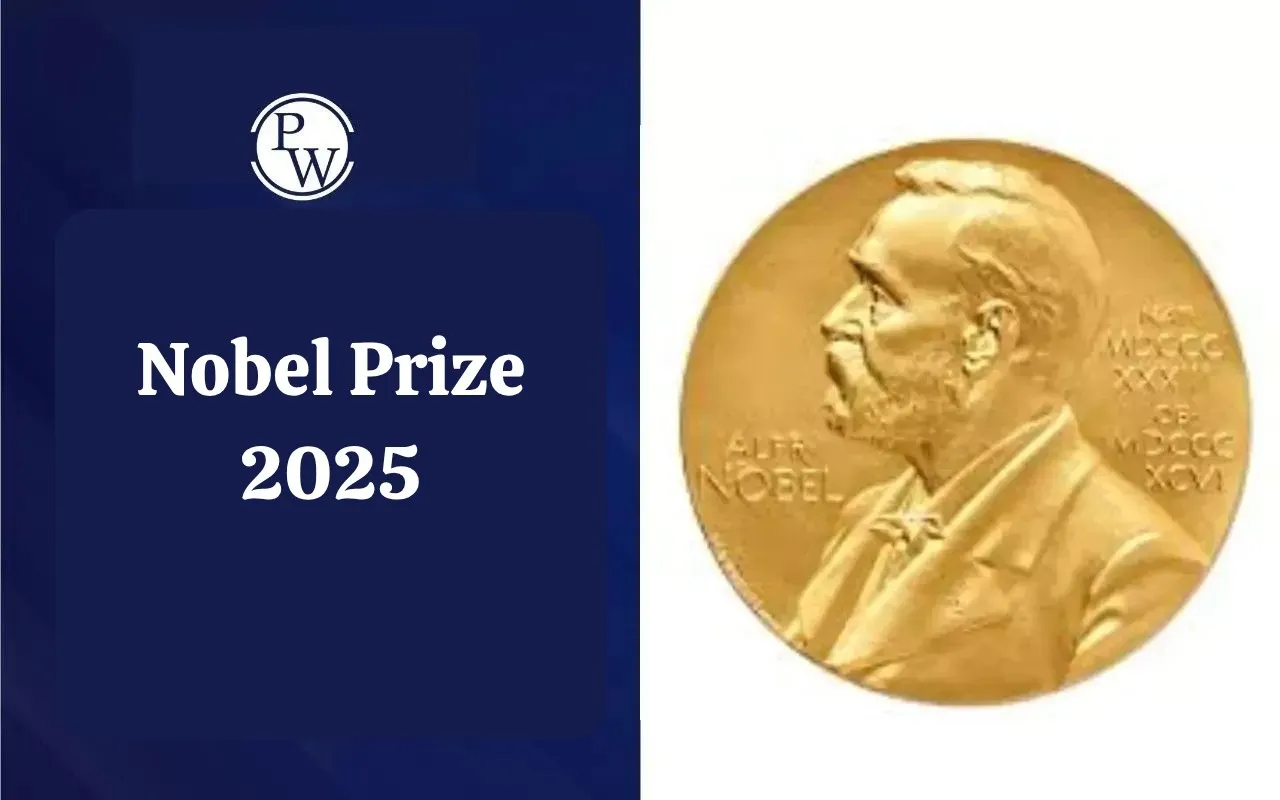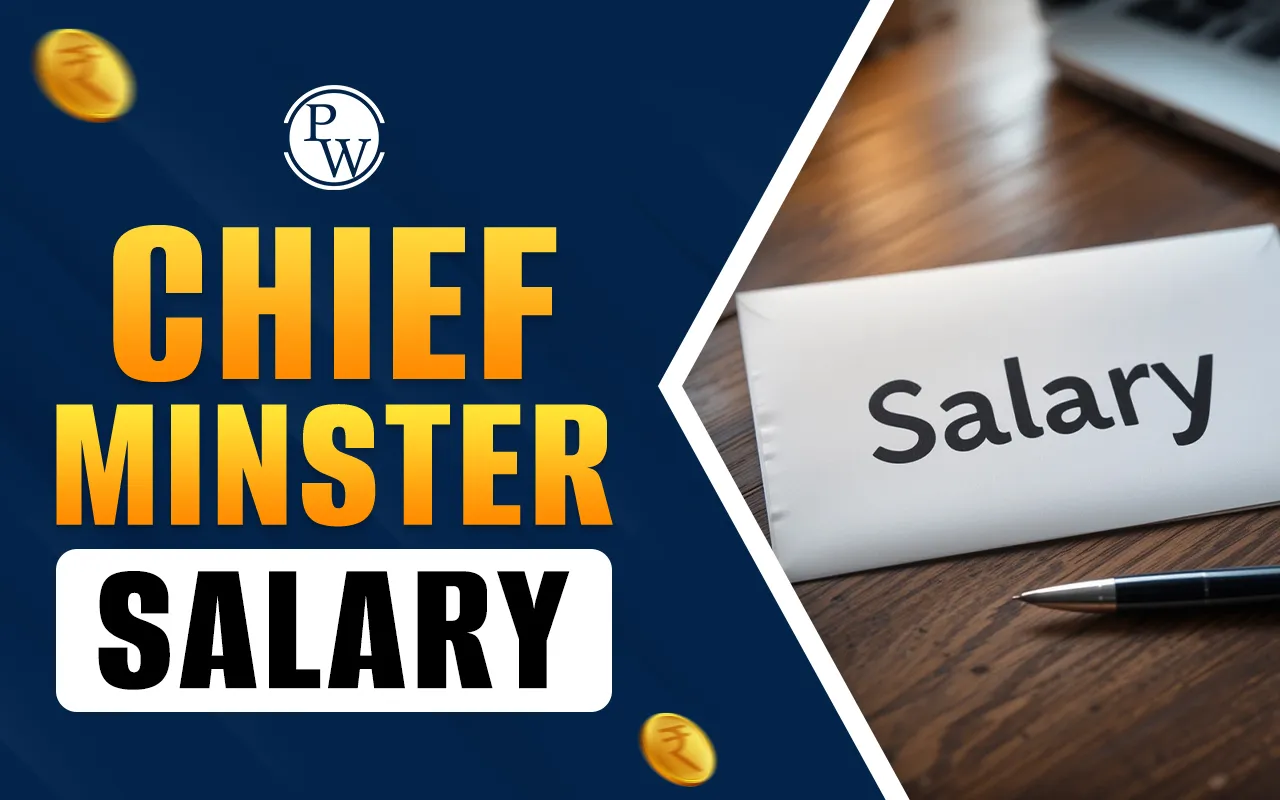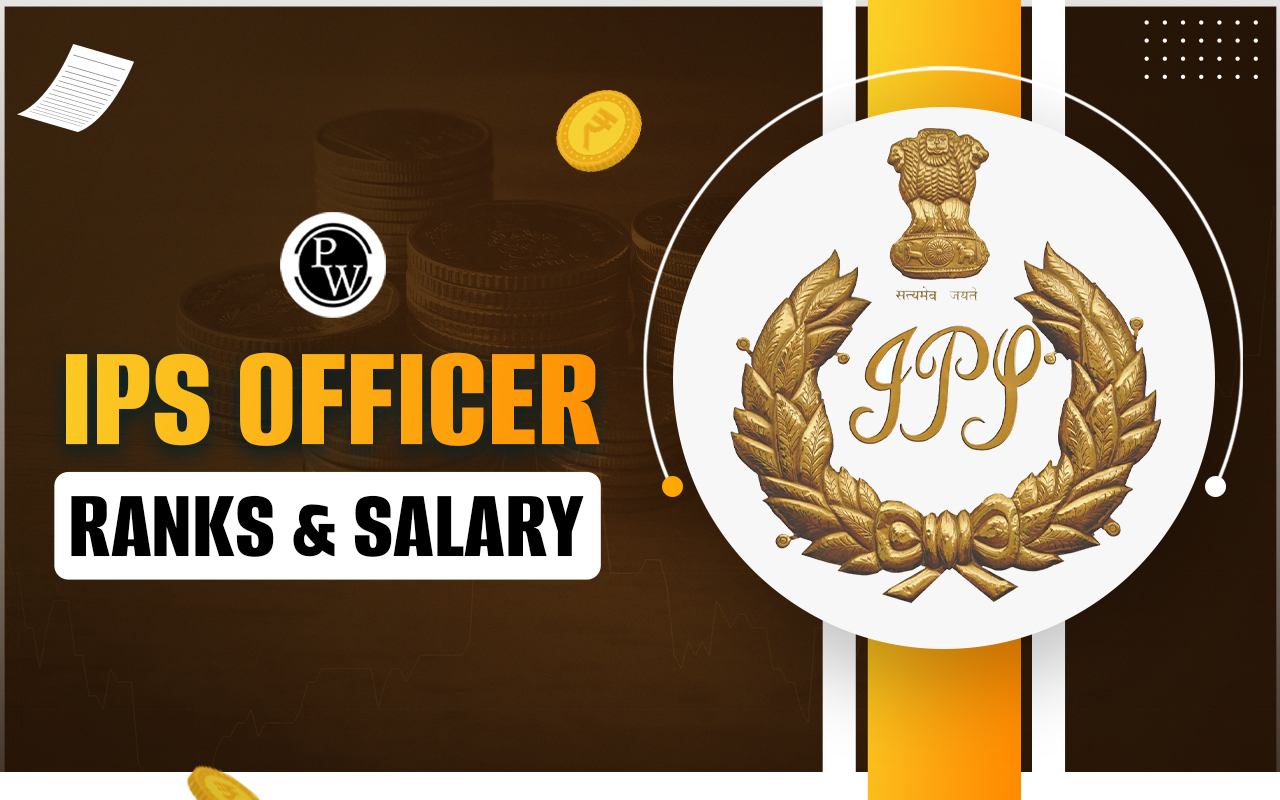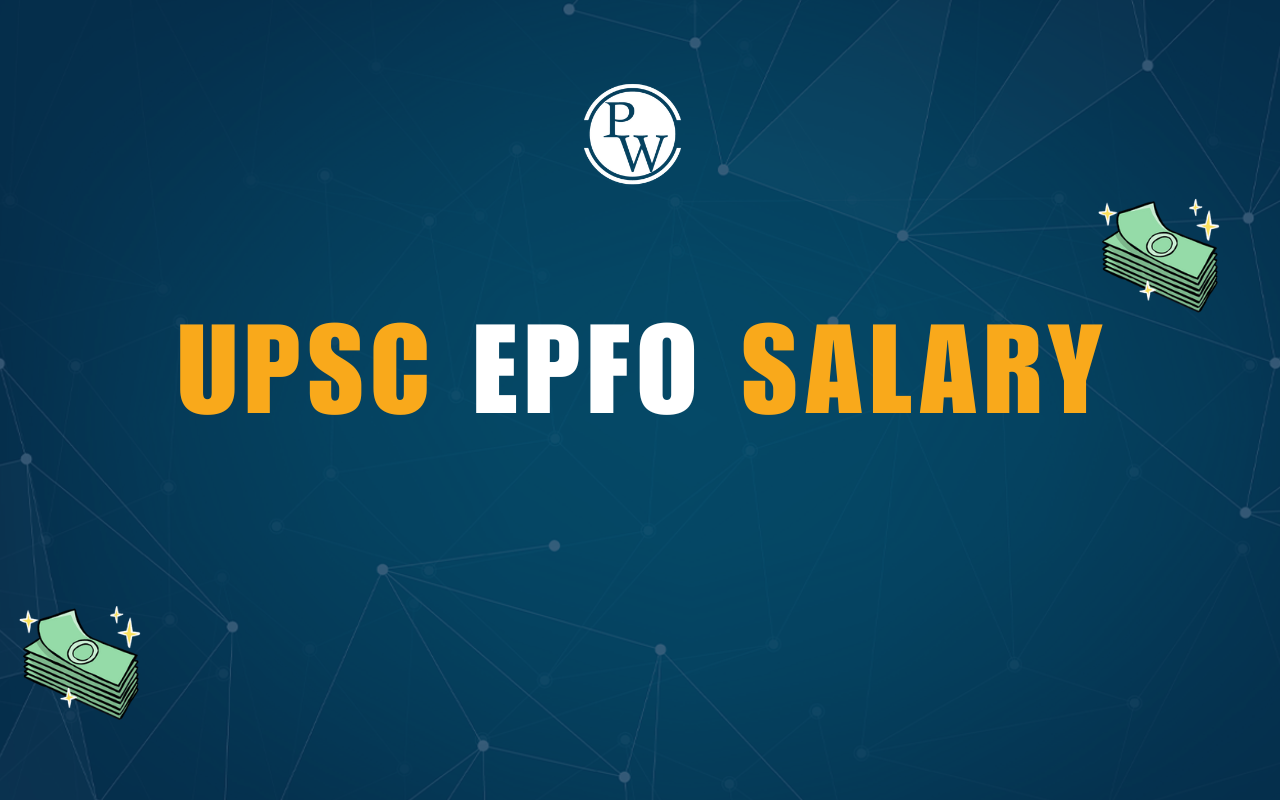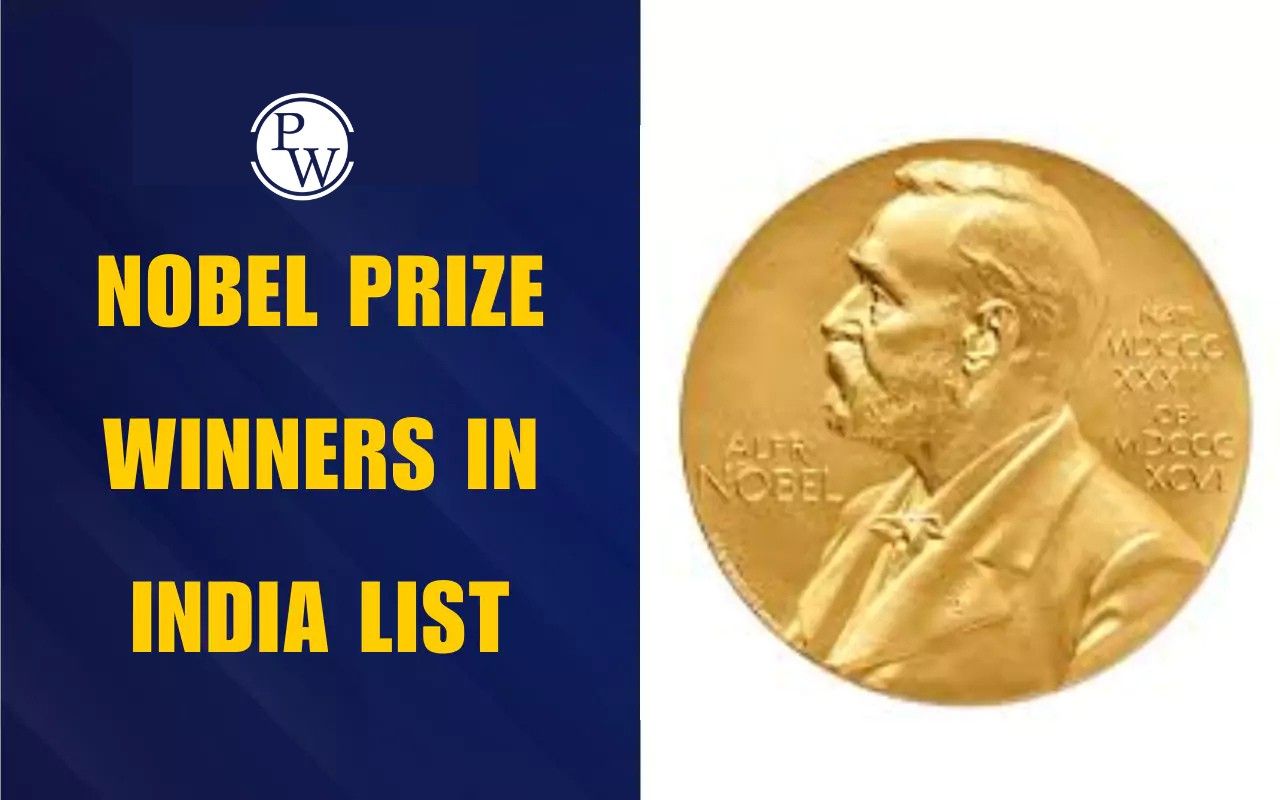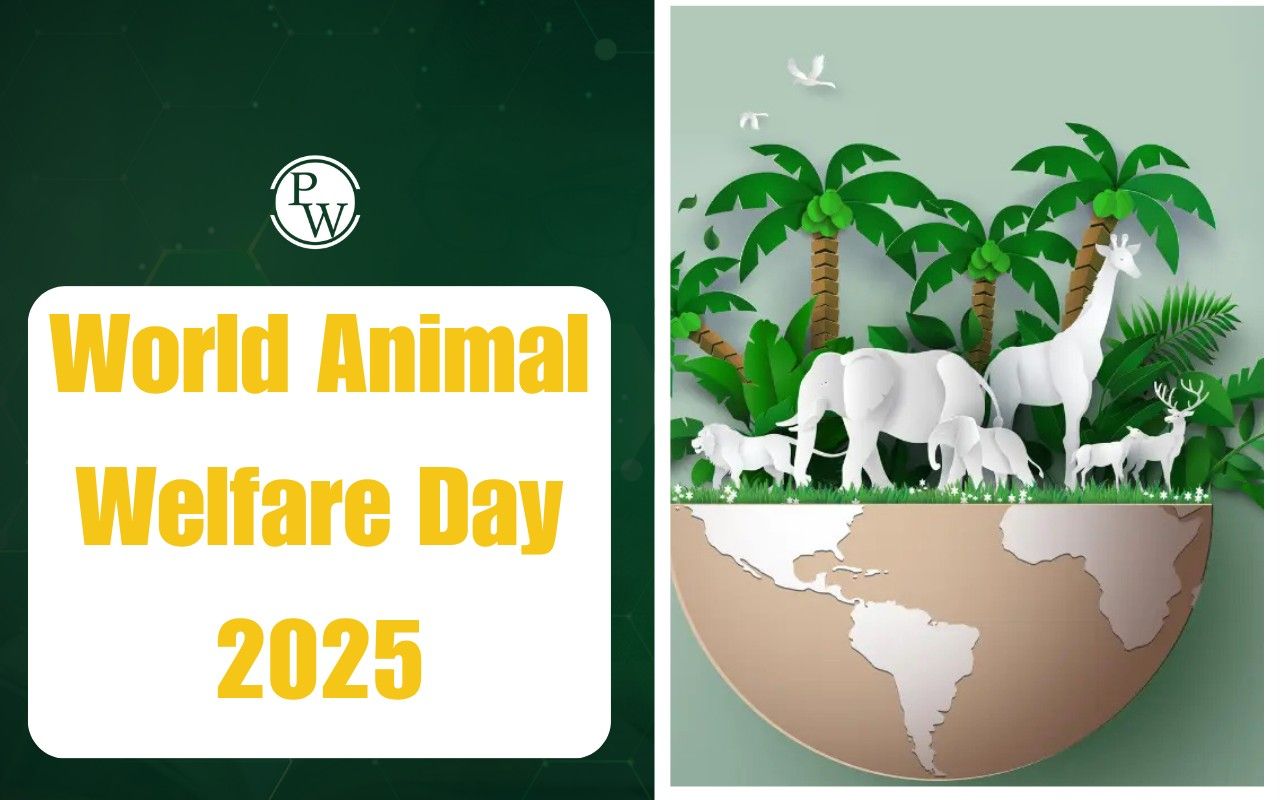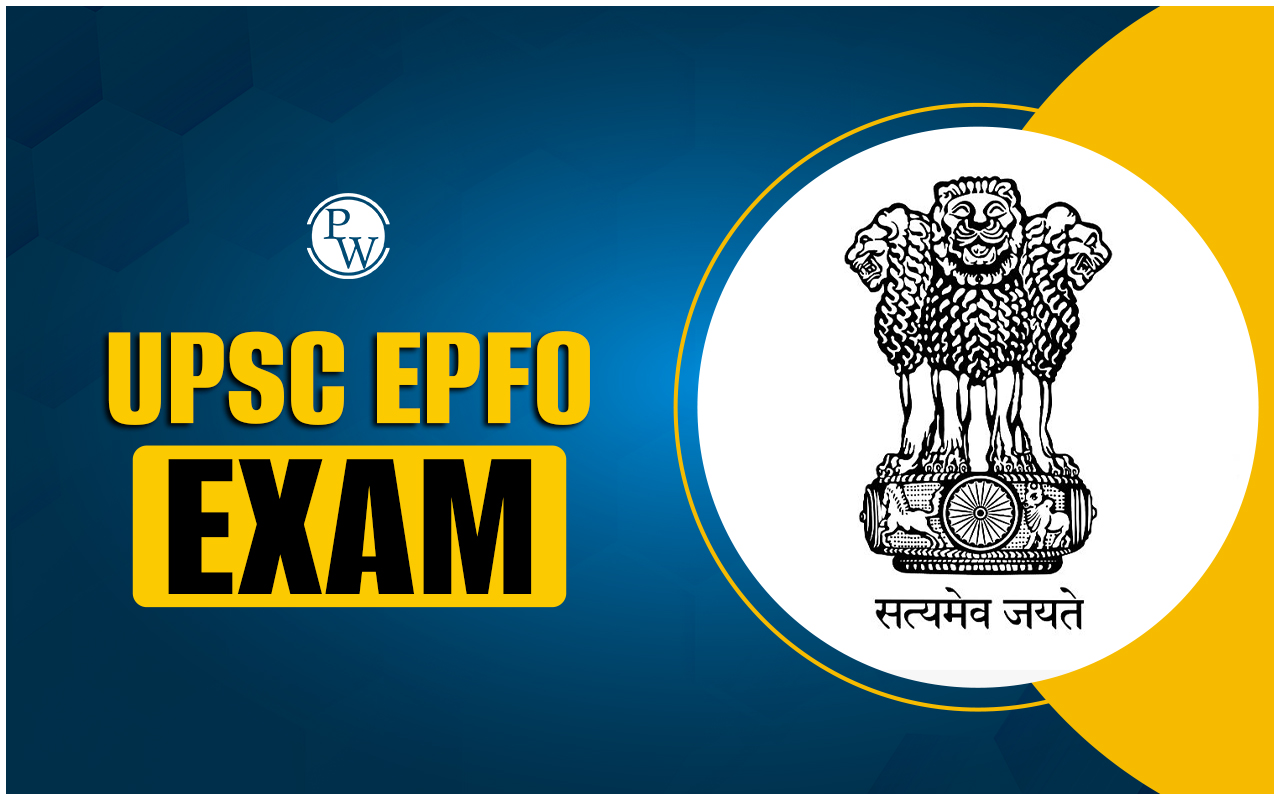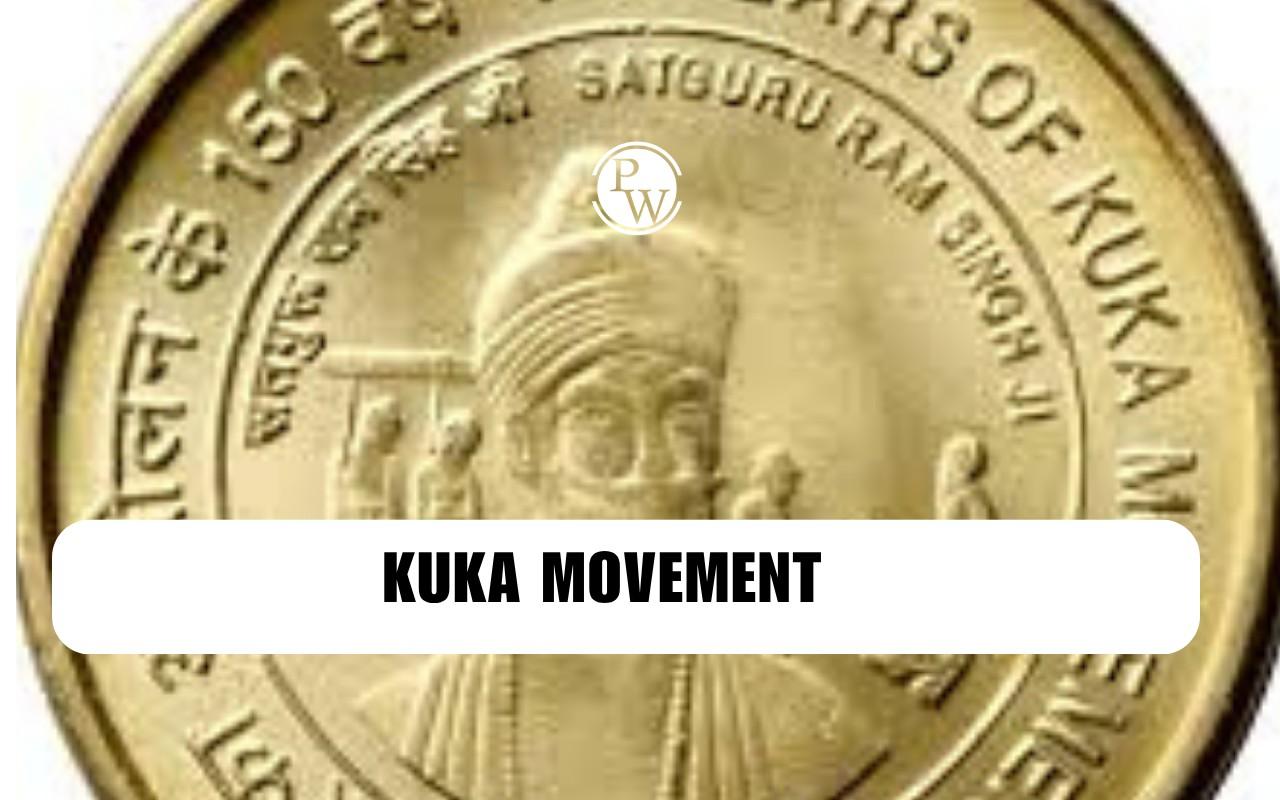
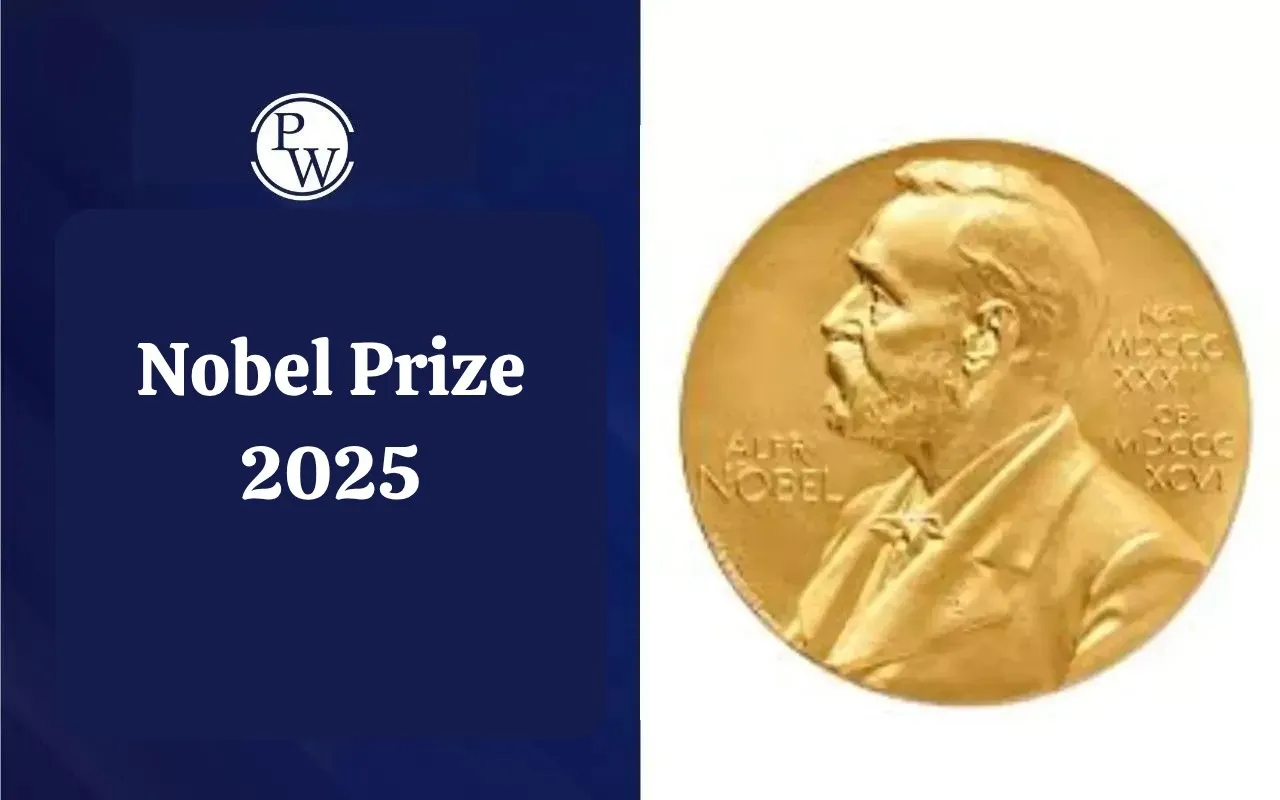
Nobel Prize 2025: Fred Ramsdell, Shimon Sakaguchi, and Mary E. Brunkow received the Nobel Prize in Physiology or Medicine in 2025 for their contributions to peripheral immune tolerance. They have done research work which shifted our understanding of the protective functions of the immune system and led to new forms of treatment for autoimmune diseases.
It was announced by the Nobel Committee of Sweden, which has its seat in the Karolinska Institute. The three scientists have all worked in the U.S.A. and Japan, and they made very important contributions to work in immune regulation and also to developing therapies which properly modulate immune responses in the body.
Mary E. Brunkow is employed in the biotech firm Sonoma Biotherapeutics in San Francisco, California; Fred Ramsdell is associated with Sonoma Biotherapeutics in San Francisco, California; and Shimon Sakaguchi works at Osaka University in Japan.
Nobel Prize 2025 Schedule
This year, the Nobel Prize for Medicine was the first award which was announced today. Announcements for the other fields, such as physics, chemistry, literature, peace and economic sciences, will follow in the next days. Each release arouses worldwide interest since it recognises exceptional work which has enriched human life and knowledge.
|
Category |
Announcement Date |
Winners |
|
Physiology or Medicine |
6 October |
Mary E. Brunkow, Fred Ramsdell, and Shimon Sakaguchi
|
|
Physics |
7 October |
To be Announced
|
|
Chemistry |
8 October |
To be Announced
|
|
Literature |
9 October |
To be Announced
|
|
Peace |
10 October |
To be Announced
|
|
Economic Sciences |
13 October |
To be Announced
|
What is Nobel Prize?
The will was signed by Alfred Nobel, an industrialist and inventor of Sweden, on 27 November 1895, and by so doing, he donated most of his riches to set up a series of prizes for Physics, Chemistry, Physiology or Medicine, Literature, and Peace. The awards that were later called Nobel Prizes were first granted in 1901 to those institutions or individuals whose accomplishments served mankind the most.
Over time, a sixth class, that of Economic Sciences, also emerged and was added to the list in honour of Alfred Nobel. The Nobel Peace Prize is distinguished from them in this respect, as it is awarded in Oslo, Norway, while the other ones are determined in Sweden. Indeed, the Nobel Prizes collectively epitomise the world’s most famous expression of appreciation for achievements in discovery, creativity, and humanitarian work.
Nobel Medicine Prize Highlights from the Past 25 Years
During the last 25 years, Nobel Prize in Medicine laureates have been those who discovered things that became the bases of modern science. From Arvid Carlsson in 2000 for his work on neurotransmission to Katalin Karikó and Drew Weissman in 2023 for mRNA vaccine development, every award is a big achievement. Victor Ambros and Gary Ruvkun in 2024 were awarded for the discovery of microRNA regulation, while Svante Pääbo in 2022 was awarded for unravelling the genomes of extinct hominins.
| Year | Laureate(s) | Discovery |
| 2025 | Mary E. Brunkow, Fred Ramsdell and Shimon Sakaguchi | For their discoveries concerning peripheral immune tolerance |
| 2024 | Victor Ambros and Gary Ruvkun | For the discovery of microRNA and its role in post-transcriptional gene regulation |
| 2023 | Katalin Karikó and Drew Weissman | For their discoveries concerning nucleoside base modifications that enabled the development of effective mRNA vaccines against COVID-19 |
| 2022 | Svante Paabo | For his discoveries concerning the genomes of extinct hominins and human evolution |
| 2021 | David Julius and Ardem Patapoutian | For their discoveries of receptors for temperature and touch |
| 2020 | Harvey J. Alter, Michael Houghton and Charles M. Rice | For the discovery of Hepatitis C virus |
| 2019 | William G. Kaelin Jr, Sir Peter J. Ratcliffe and Gregg L. Semenza | For their discoveries of how cells sense and adapt to oxygen availability” |
| 2018 | James P. Allison and Tasuku Honjo | For their discovery of cancer therapy by inhibition of negative immune regulation” |
| 2017 | Jeffrey C. Hall, Michael Rosbash and Michael W. Young | For their discoveries of molecular mechanisms controlling the circadian rhythm” |
| 2016 | Yoshinori Ohsumi | For his discoveries of mechanisms for autophagy” |
| 2015 | William C. Campbell and Satoshi Ōmura | For their discoveries concerning a novel therapy against infections caused by roundworm parasites |
| Tu Youyou | For her discoveries concerning a novel therapy against Malaria” | |
| 2014 | John O'Keefe, May-Britt Moser and Edvard I. Moser | For their discoveries of cells that constitute a positioning system in the brain |
| 2013 | James E. Rothman, Randy W. Schekman and Thomas C. Südhof | For their discoveries of machinery regulating vesicle traffic, a major transport system in our cells |
| 2012 | Sir John B. Gurdon and Shinya Yamanaka | For the discovery that mature cells can be reprogrammed to become pluripotent |
| 2011 | Bruce A. Beutler and Jules A. Hoffmann | For their discoveries concerning the activation of innate immunity |
| Ralph M. Steinman | For his discovery of the dendritic cell and its role in adaptive immunity | |
| 2010 | Robert G. Edwards | For the development of in vitro fertilization |
| 2009 | Elizabeth H. Blackburn, Carol W. Greider and Jack W. Szostak | For the discovery of how chromosomes are protected by telomeres and the enzyme telomerase |
| 2008 | Harald zur Hausen | For his discovery of human papilloma viruses causing cervical cancer |
| Françoise Barre-Sinoussi and Luc Montagnier | For their discovery of human immunodeficiency virus | |
| 2007 | Mario R. Capecchi, Sir Martin J. Evans and Oliver Smithies | For their discoveries of principles for introducing specific gene modifications in mice by the use of embryonic stem cells |
| 2006 | Andrew Z. Fire and Craig C. Mello | For their discovery of RNA interference - gene silencing by double-stranded RNA |
| 2005 | Barry J. Marshall and J. Robin Warren | For their discovery of the bacterium Helicobacter pylori and its role in gastritis and peptic ulcer disease |
| 2004 | Richard Axel and Linda B. Buck | For their discoveries of odorant receptors and the organization of the olfactory system |
| 2003 | Paul C. Lauterbur and Sir Peter Mansfield | For their discoveries concerning magnetic resonance imaging |
| 2002 | Sydney Brenner, H. Robert Horvitz and John E. Sulston | For their discoveries concerning genetic regulation of organ development and programmed cell death |
| 2001 | Leland Hartwell, Tim Hunt and Sir Paul Nurse | For their discoveries of key regulators of the cell cycle |
| 2000 | Arvid Carlsson, Paul Greengard and Eric Kandel | For their discoveries concerning signal transduction in the nervous system |
Why It Matters for UPSC Aspirants
The Nobel Prizes represent more than a current affairs issue for all UPSC aspirants; they connect individuals and ethical issues to science and society, provide examples for use in GS Paper 3 and Paper 4, and deepen the understanding of development in an essay that demonstrates an awareness of people's contribution to global research and the advancement of humanity. Nobel Prizes often reflect the year’s most important discoveries or global contributions. Understanding how many types of Nobel Prizes exist and the difference between the Nobel Prize and the Nobel Peace Prize also helps in conceptual clarity and essay writing.
Nobel Prize 2025 FAQs
Who are the three laureates who won the 2025 Nobel Prize in Physiology or Medicine, and what was their specific discovery?
Where are the three Nobel laureates currently affiliated?
Which institution announced the winner of the 2025 Nobel Prize in Physiology or Medicine?
Who established the Nobel Prize, and when was it first awarded?
What is the schedule for the Nobel Prize announcements for 2025?

